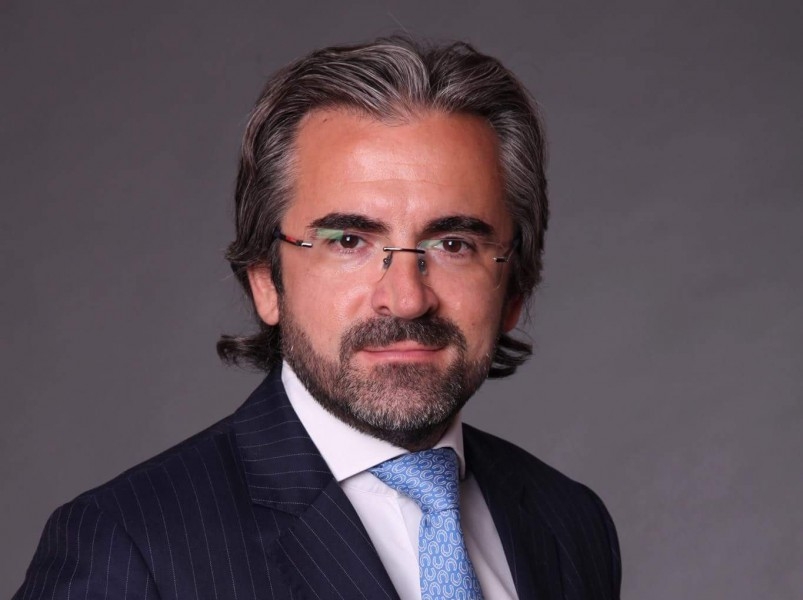 Photo: karlinport.cz
Photo: karlinport.czWe often say that life is like a movie, but Milorad Miško Mišković decided to make his own film when, all the way back in 1993, he left for Prague to graduate from the American University. Instead of coming back home, as other students have done, Milorad stayed in Prague for another year upon completion of his studies with the intention of acquiring some working experience – and still has not come back. He fell in love with the real estate world at his very first job, in German consultancy firm Müller International, and poured this love into the fantastic 30 years of a successful career and, practically, his life’s passion. Today, Milorad Mišković is the owner of Karlin Port Real Estate, with its head office in Prague, but it is just a crowning achievement of his numerous business visions, ideas, and projects, which keep flowing and which he keeps executing relentlessly.
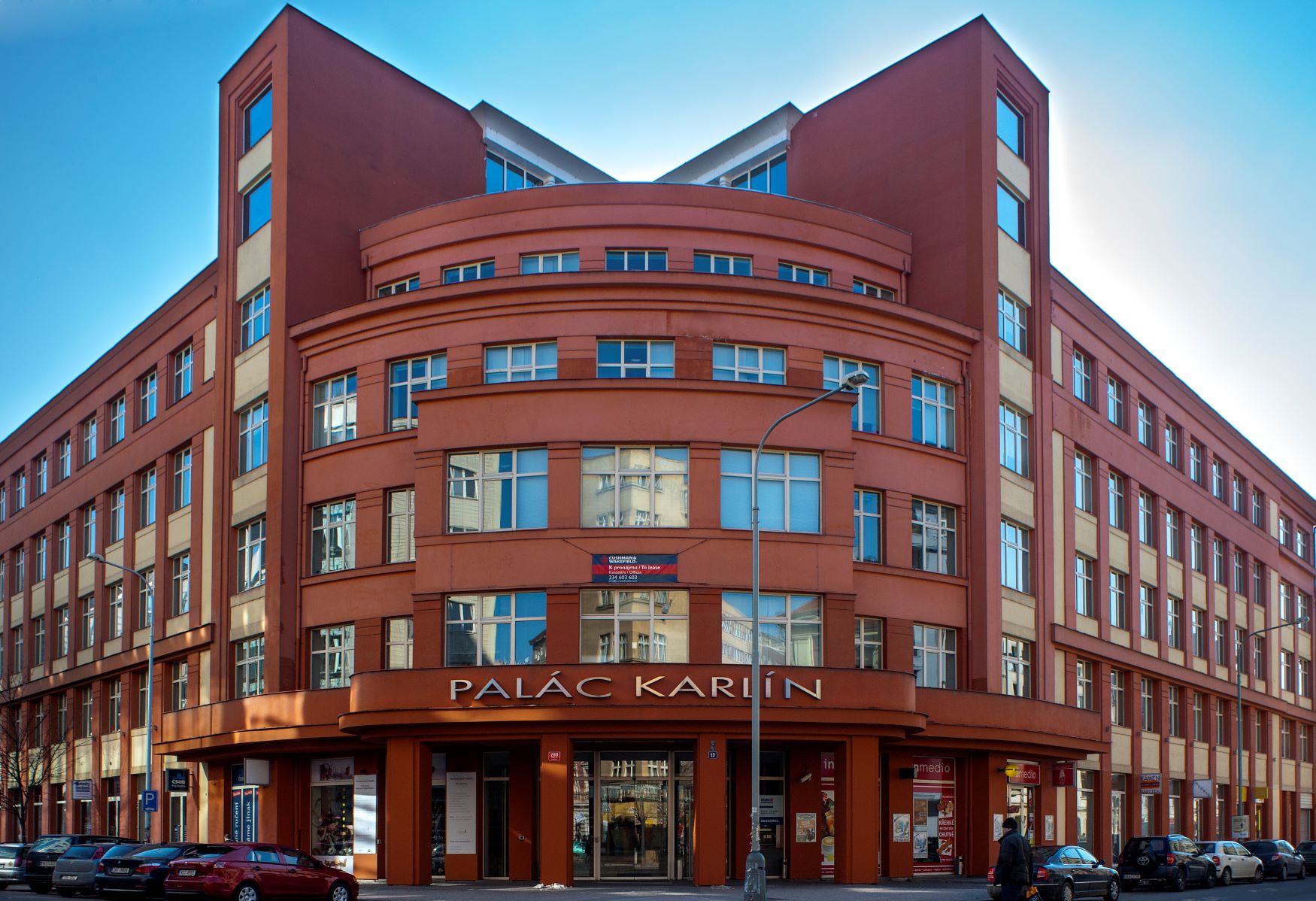
PALACE KARLIN
The first job you occupied at Müller International introduced the real estate world to you. How did it happen that you stayed in this world?
After one year in the Müller International company, and primarily because of my English language skills and because I was proactive and eager for success, I was offered a position in the world's largest real estate consultancy firm, JLL. From 1996 to 2000, I was one of the managers in their Czech branch office and the only manager in JLL who was not English. This was a challenge for me. I always set high goals and do not consider myself inferior to other businessmen anywhere in the world or political leaders. Considering that I had the privilege to work for the biggest company in the world offering real estate consultancy services, I met most of the international developers who used to visit Czechia and Central Europe at that time. All the competitors I have in the market now are my former clients. This is fantastic, because I never run into a closed door, even if they are my rivals.
Following the four years you spent at JLL, you became something of a star in your profession and almost got the position of the AFI Europe company director. However, you ended up in the Karlin Group. How did this happen?
The Karlin Group literally snatched me from Lev Leviev, who was the owner of AFI Europe back then. At that time, Marc Rich was the man behind the Karlin Group, an American of Jewish origin who was one of the biggest international investors and the founder of the Glencore multinational corporation. I spent 12 fantastic years in the Karlin Group, first as their Commercial Director, and then as Director General, and finally as the minority shareholder. We worked on revitalization of Karlin, which used to be an industrial area in Prague, in the immediate vicinity of the old town. We completed more than 50 projects in Karlin, building and reconstructing residential and office buildings. As investors and developers, we were the pioneers of revitalization not only in the Czech Republic but throughout Central and Eastern Europe. However, we were pioneers in another sense, too: we were the first to bring to Czechia the most renowned international architects to work with us on our Karlin projects. During the 12 years I spent in Karlin, we engaged 52 international architects just at the Karlin location! At the same time, we employed local Czech architects, but we gave priority to the foreign ones for the simple reason that they had more experience. Today, of course, the situation is different, and we cooperate with Czech architects much more than with international ones.
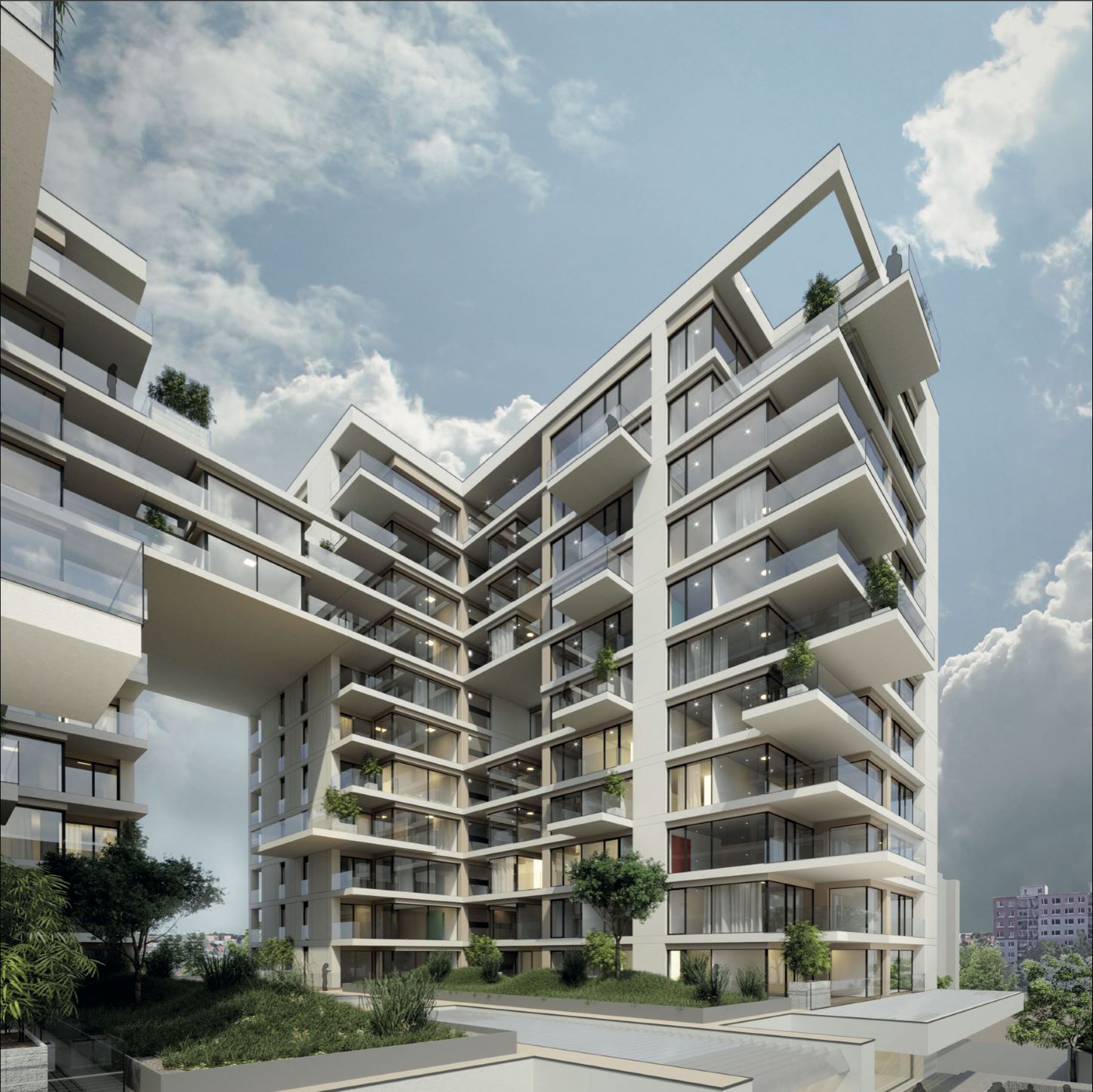
VYHLEDY KOSIK
Karlin is obviously very important to you; it is a part of the name of the company you later founded. What does Karlin look like nowadays?
I am in love with Karlin. I dedicated 25 years of my life to it, and I also live there. I insist that Karlin is one of the best examples in Central and Eastern Europe of the correct approach to the revitalization and regeneration of an entire industrial quarter located in the center of the city. Although the revitalization process is not over yet, we have managed, by putting a lot of effort into it, to turn it into one of the most expensive locations in Prague, which is now compared to Soho in London and New York.
You left the Karlin Group in 2012 and founded Karlin Port Real Estate in 2013. This one year in between still provided a lot of professional and personal turmoil...
When I left the Karlin Group, and I left it because Marc Rich, the main investor, had become ill by that time and we were prevented from having the same level of cooperation, I sent a notice to 12,000 addresses on my departure from the company, informing everyone that I remained a shareholder as well as a participant in several projects. The very next day, I received two business offers. One was from Karel Komárek, one of the wealthiest Czechs, who offered me a position as a Director in his newly established KKCG Real Estate Group, and the other was from Luděk Sekyra, the founder of the Sekyra Group, who offered me a position as his personal advisor. I chose the latter offer, which was interesting because the Sekyra Group was one of our main competitors. I could not accept Komárek’s offer as it would mean sitting on two chairs, but I have accepted an invitation from the Israeli Daramis Group to increase the company’s visibility in the market as a Director through my activities. In Daramis, I met Miki Goldshtein, who was their Finance Director, and offered him a partnership in Karlin Port. I founded Karlin Port in 2013, immediately before my first battle with cancer. Karlin Port is, in a way, a spin-off company from the Karlin Group. Serge Borenstein, the current owner of the Karlin Group, had nothing against me using the name Karlin for my own company, so now there are two real estate companies with similar names operating in Prague. Borenstein remains one of my best friends, although, paradoxically, we are opponents in the market. And he is also my spiritual father in the real estate investment and development sector.
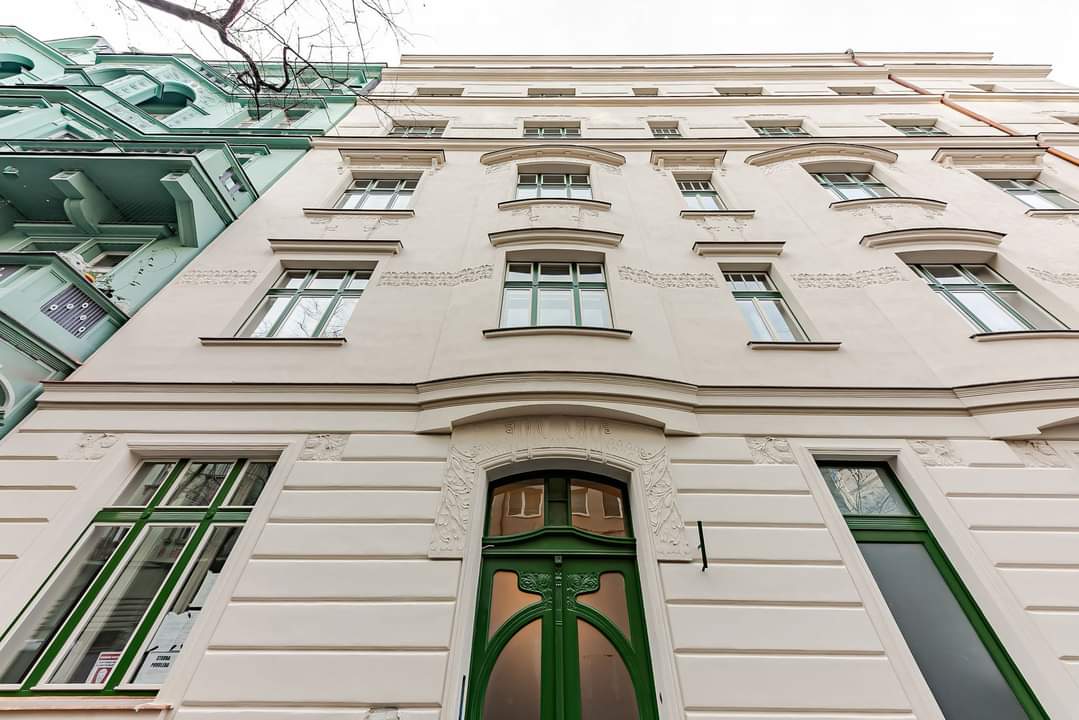
RESIDENCE MANESOVA
In that same year, you founded the first real estate fund in Prague…
I was a pioneer in this, too. I established the fund together with Mirek Topolánek, former Czech Prime Minister, and some other colleagues. The idea was to invest in real estate and the energy sector, and we set off successfully, but then I had health problems for a year and a half. Since I, as the main protagonist in this fund, had to take a break and fight leukemia, we lost our initial pace, so I bought this fund from my partners in 2015, and it is passive now. A year ago, my business partner, Miki Goldshtein, and I established a new investment fund called the Opportunity Real Estate Fund. We are focusing on development, which means we will be buying plots, revitalizing locations, reconstructing old buildings, and building new ones.
What is your company, Karlin Port Real Estate, dealing with now and which projects would you select as the most significant?
Karlin Port functions as an investor, developer and, less often, as an advisor in different projects. At this moment, we are participating in 11 partner real estate projects in Prague. We are financial advisors to the OAKS Prague project, the first of its kind in Europe. It is the development of a gated community, some 25 km away from Prague, covering an area of 200 hectares. A 5-star hotel will be located there, as will a Michelin-starred restaurant, a tennis academy and a golf course, which will be the only one in this part of Europe with a PGA license, meaning it will have permission to host the leading world tours. As advisors in this project, we have helped two Russian oligarchs who entered into this project get loans worth 100 million euros. We are also partners in two of three or four of the largest projects in Prague – Smichov City and Rohan City, on opposite sides of the Vltava River, where, in cooperation with our partners, we are developing 800,000 square metres of residential and business space. These two projects represent a natural continuation of the Karlin revitalization. These projects were initiated in terms of construction two years ago and will probably continue for another 10 to 12 years. The total value of both investments is 1.5 billion euros. One might say that these projects are similar to Belgrade Waterfront but not entirely the same.
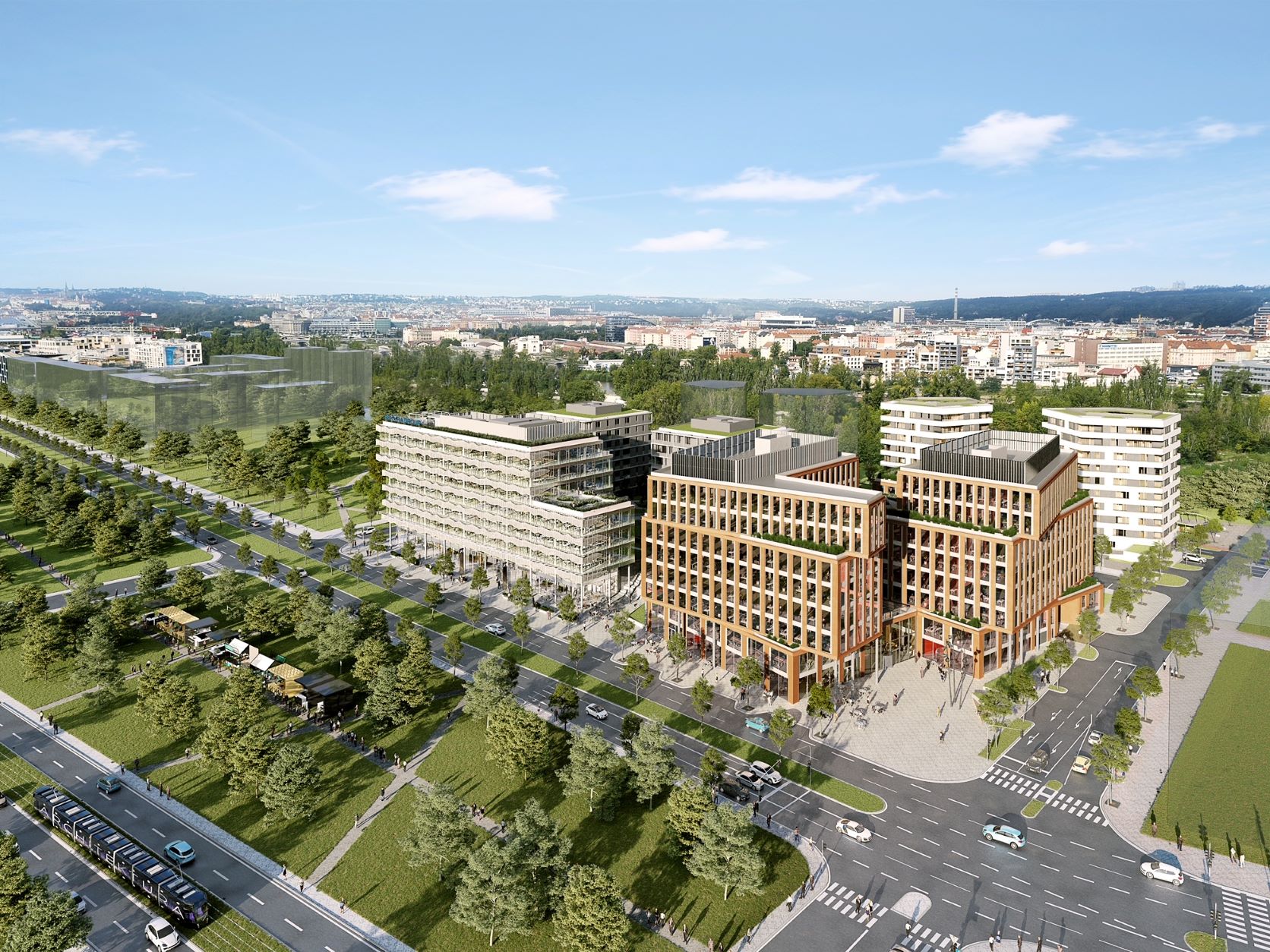
ROHAN CITY
Speaking of Belgrade Waterfront, there was an option for you to become the director of this project…
I negotiated this with our political elite some eight or nine years ago, when there was just a project idea and a preliminary assessment of urban planning. And I was very interested in it because, for me, this would be a project with an emotional component. We did not manage to reach a mutual agreement, but I am glad that this role was taken by Nikola Nedeljković. I have been cooperating with him closely on another project in Belgrade since last year when he left this position.
What do you think of Belgrade Waterfront now that it has significantly progressed?
This was a unique opportunity for Belgrade to move down to the river and to create a new city area, but I think that this opportunity has not been fully taken advantage of. The architectural solutions should have been more attractive, which does not necessarily mean more expensive. The new urban area should have been better adapted to the old part of the city and its representative symbols, such as Belgrade Palace or The Temple of Saint Sava. This mixture of the old and the new would have been a fantastic challenge for me. In any case, Belgrade Waterfront is a great refreshment for Belgrade and, on top of that, it gave a huge impetus to housing construction.
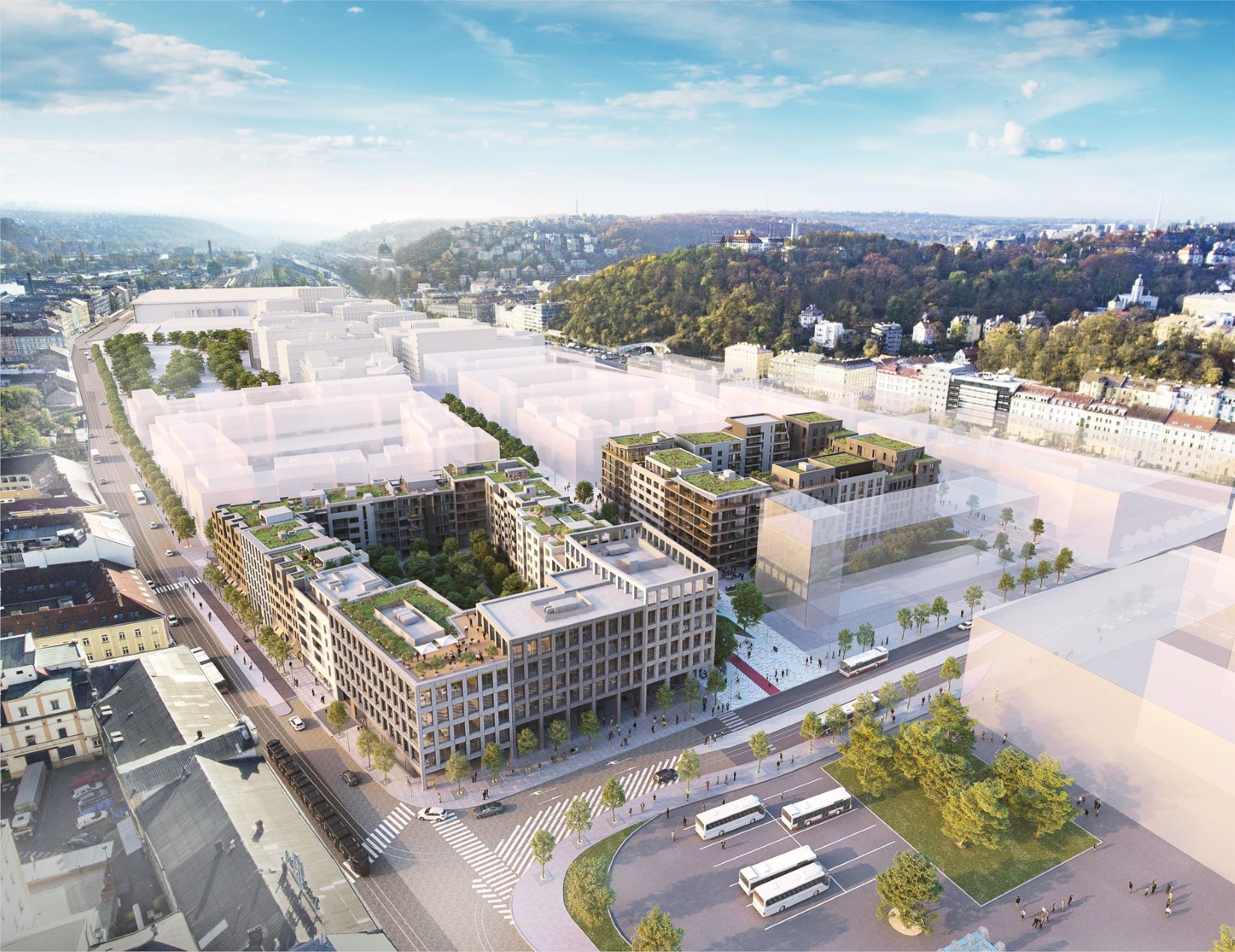
SMICHOV CITY
This expansion of the construction sector, which you have just mentioned, has attracted many Czech investors to Serbia...
Yes, it is my estimate that some 40 Czech developers, or investors, entered the Serbian market in the past few years, which is very interesting because the Czechs are not that active outside Czechia and Slovakia. The main reason for this is that the procedure for obtaining building permits and location conditions takes much less time in Serbia than in Czechia. Investors are under pressure to get a return on investments as quickly as possible, and if you have to spend 10 years waiting for the building permit and then two more years completing the project, meaning it takes you 12 years to get a return on your capital and make a profit, then this investment does not pay off. Czech investors have found in Serbia a safe niche for doing business, and it is a compliment to us. I have helped many Czech companies with my advice or personal contacts to enter the Serbian market, not only in the real estate sector, but also in energy, communal waste and recycling, banking, and construction. I often tell Czechs that they are one of the few nations that enter Serbia through open doors and do not require any marketing because they have been one of our country's largest investors since the beginning of the 20th century, and we are extremely familiar with their products.
Nevertheless, you, as a Serbian investor coming from the Czech Republic, have not yet entered Serbia. Why?
It was only in 2007 that I started to be active in the real estate market in Serbia. Then I participated with my partners in the Robne kuće Beograd auction and I negotiated to buy a stake in MPC, in both cases without success. I must admit, these were some of the best business opportunities that we failed to take advantage of. However, we did initiate the third project, and we are currently 12 months from the start of its realization. It is a plot of approximately 30 hectares located on the Belgrade–Zagreb highway, between the Nikola Tesla Airport and the city centre, for which we have already prepared a plan for a large retail park. The value of this investment is around 100 million euros.
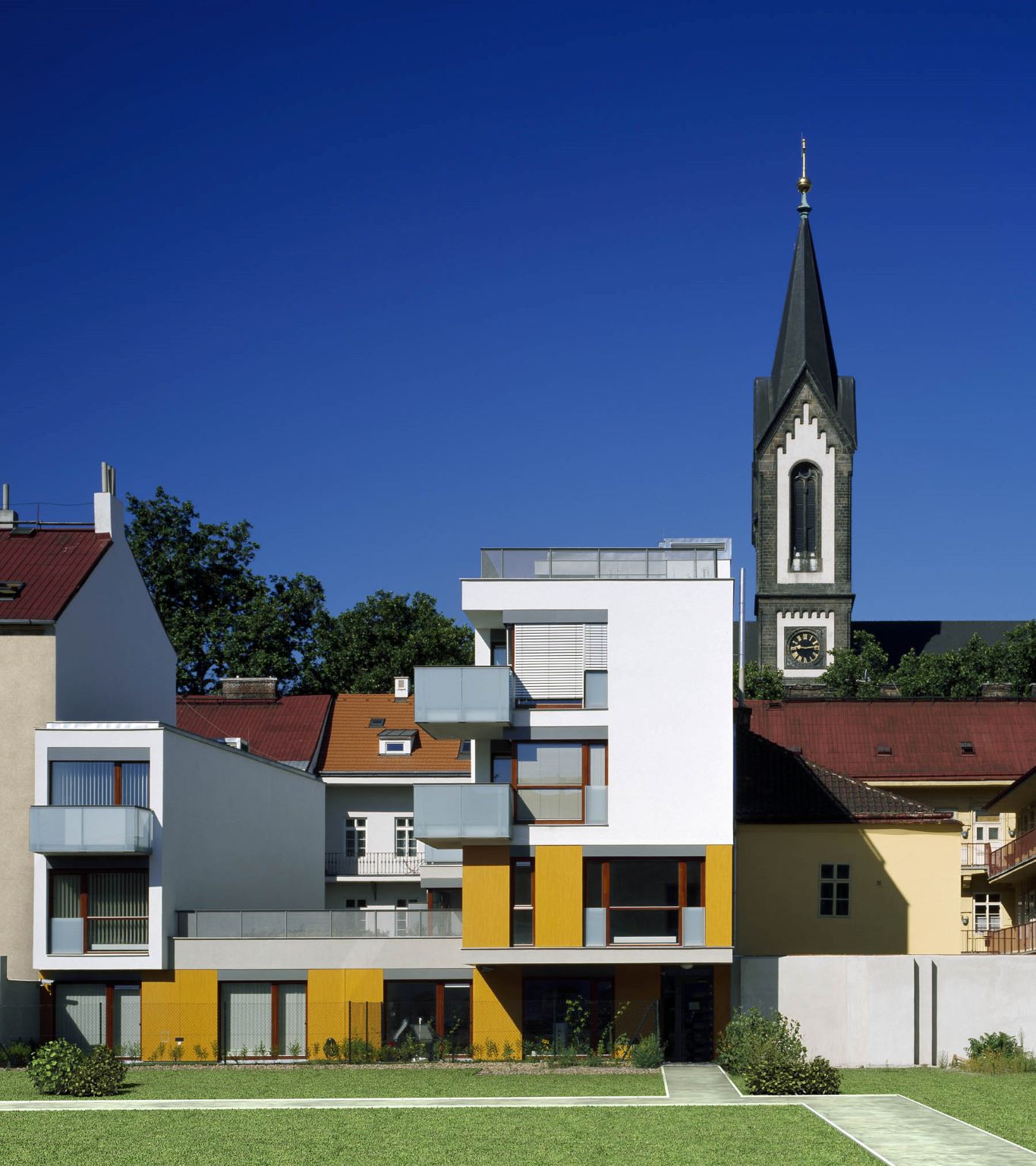
KOLLAROVA
What is your view of Belgrade’s future investment potential?
Serbian colleagues and friends often ask me what my view of the Serbian real estate market from the outside is, saying: "Don’t we already have enough development projects going on? What else is missing?" This always gets me very emotional, so I tell them: "Everything is missing! Everything is just about square metres. There are no common areas within the projects, no thoughtfully designed spaces between two development projects, there is no landscaping, there is even no architecture!" Not a single international architect is engaged in Belgrade, except for Stanislav Fiala, who works for SEBRE. I think that the world architectural machine should be given a chance to refresh Belgrade because foreign architects do not have the prejudices that exist in Serbia.
By: Gordana Knežević Monašević
Photo: Karlin Port